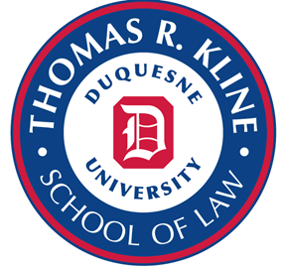Files
Download Full Text (26.0 MB)
Description
Robert Taylor/Bruce Ledewitz Book Collection
Ken Gormley Law Library, Duquesne University, Thomas R. Kline School of Law
Part of BL's Judaica Collection. BL started his work on a new way to read Talmud and started with the very beginning from vol. I., MISHNA. MISHNA is estimated to have been written around 200 CE and the Gemara commentary from 400-500 CE.
However, BERAHOTH is the traditional starting point when the student begins to study the TALMUD. What RT and BL realized after beginning their Talmudic study is that although the Talmud is regarded as a work of law, the very story that most students encounter is an account of getting around the law, not an account of the law itself.
The first MISHNA questions is about when one can recite Sh'ma: the starting and ending timeline point. The rule of Law that emerges from the MISHNA is that the end-time is midnight. One day, Rabbi Gamaliel's son came home from a party, and told his father that he had not recited the evening Sh'ma. The father replied, that although the rule is until midnight, you could say it until down; so, the son recited it.
The Talmud then asks, why was the stated rule so restrictive? Their answer to keep a person far from transgression.
This is the path RT and BL took us their Talmudic studies. They viewed the Talmud open to this kind of reinterpretations. Of course, they always started with the Talmudic text. (August 7, 2024).
Publication Date
1980
City
Pittsburgh
Keywords
Talmud, liberal interpretation of Judaism
Disciplines
Jewish Studies | Law
Recommended Citation
Ledewitz, B. (1980). The Talmud with English Translation and Commentary [excerpts] and Reflections on a Year of Liberal Judaism. Retrieved from https://dsc.duq.edu/law-books/12


![The Talmud with English Translation and Commentary [excerpts] and Reflections on a Year of Liberal Judaism](https://dsc.duq.edu/law-books/1011/thumbnail.jpg)
Comments
The printed binder is in the library's Robert Taylor/Bruce Ledewitz Book Collection (BM499.5 .E4 1965z)
Catalog record. Reflections on a year of liberal Judaism by Bruce Ledewitz starts at page 89 of the PDF.